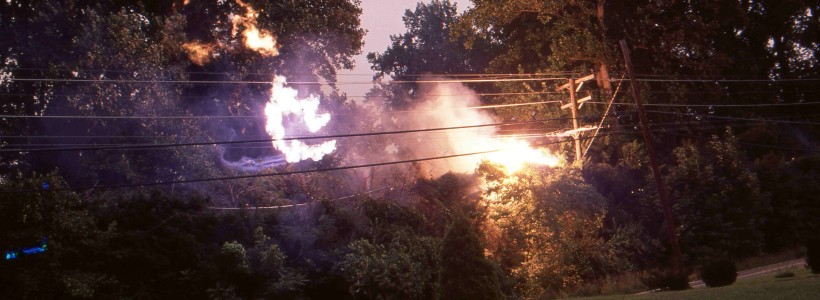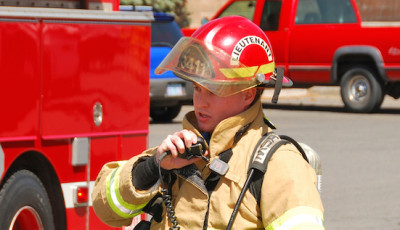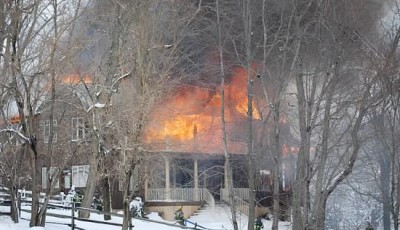Requesting the Utility Company – It’s “Shockingly” Easy
There are many different kinds of calls that responders may request a utility company. A vehicle could have struck a pole, there could wires arcing due to a storm, or a private contractor may have hit a gas line. When you respond to a call that needs electrical, gas, or telephone company notification, there is some information that you can give your dispatcher to expedite the process. When dispatchers get the right information to the right source promptly, you get your additional resources quicker.
What They Need
Some pertinent information that the dispatcher will need to know includes:
-Specifying the company you need to respond
-Identifiers: Pole number/line identification or address associated with the account. If not, closest 100 block or intersection.
-If your jurisdiction uses priority ranking for response, include that and be sure that you have chosen the appropriate one. Keep a cheat sheet in your unit or ask dispatch if needed
-If a pole needs to be replaced and if so, where it is broken
-Some electrical companies need to know if the wires are pole to pole or pole to house
-If fire crews will be waiting on scene
-If assistance from Fire police/police/public works is needed to shut down the road etc.
-If power is out in the area
-If the area has been evacuated or there are any precautions the utility company needs to take when responding.
It is important to identify the different wires or lines in your first due, whether they be power, cable, telephone, natural gas, propane, etc. Knowing what businesses provide those utilities and being able to identify those lines will facilitate the notification process.
When you are able to provide your dispatcher with the information that those utility companies require, it shortens the time the dispatcher needs to be on the phone with the company, and with you on the radio. Familiarize yourself with the utility companies in your area and educate yourself on what information your dispatcher needs to make a quicker, accurate notification that will get you the resources you need.
(Cover Photo Courtesy: John Gallagher, FirefighterToolbox.com)









